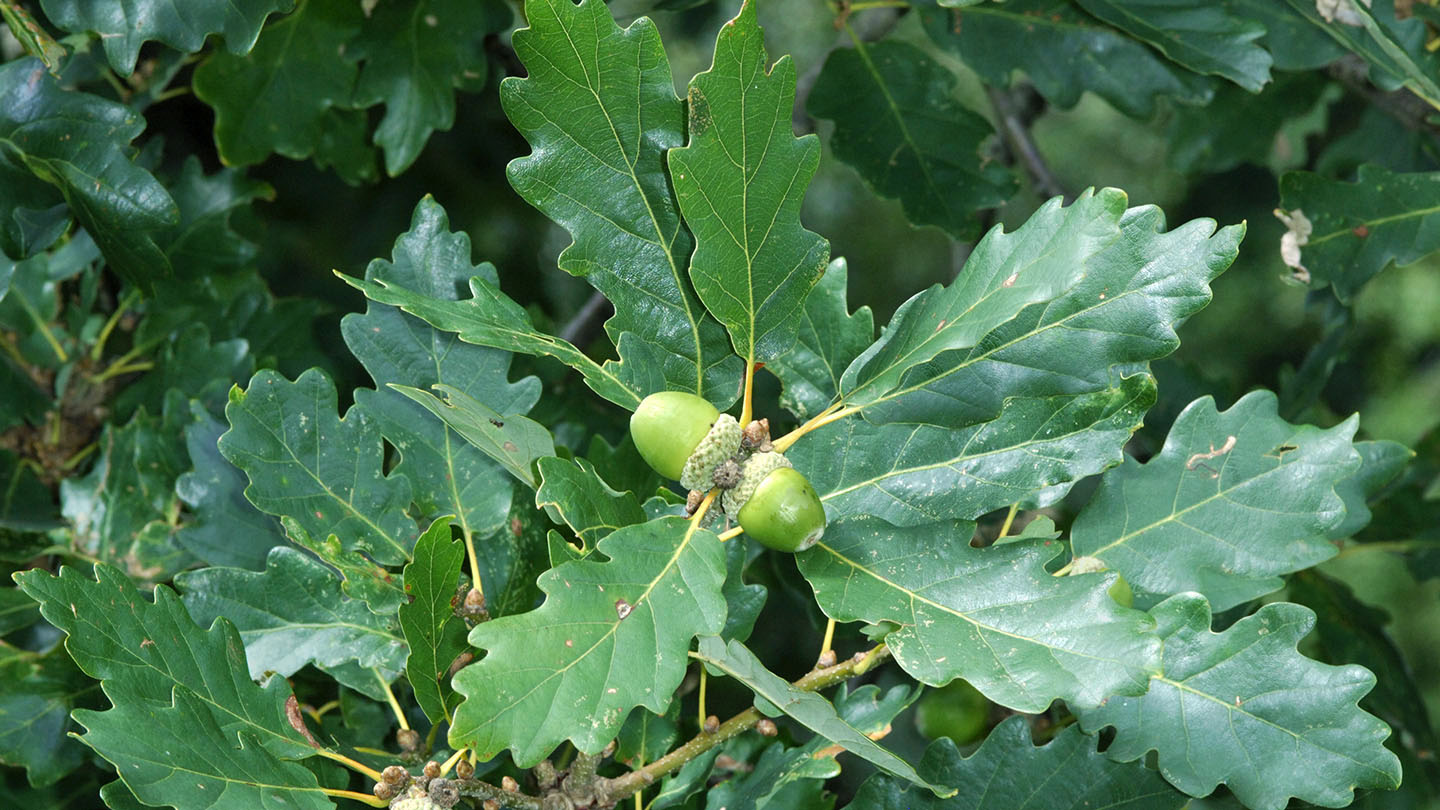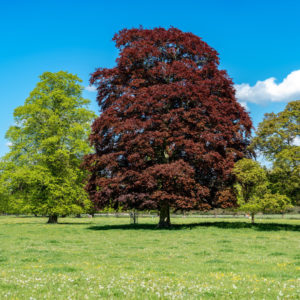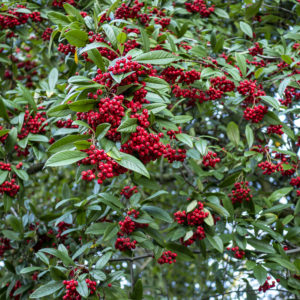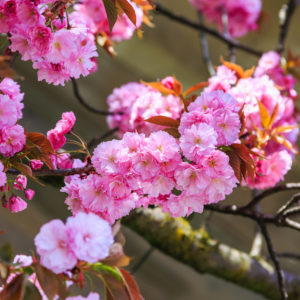Quercus petraea – Sessile Oak
Price range: €380.00 through €650.00
Frequently Bought Together



Description
- Common Name: Sessile Oak, Irish Oak, Durmast Oak
- Botanical Name: Quercus petraea
- Plant Type: Deciduous tree
- Mature Height: 20-30m
- Mature Spread: 15-20m
- Flowering Period: April to May (catkins)
- Flower Colour: Yellow-green male catkins, inconspicuous female flowers
- Foliage: Lobed leaves, dark green turning golden-brown to russet in autumn
- Hardiness: RHS H7 (very hardy)
- Soil Requirements: Moist, well-drained, acidic to neutral
- Aspect: Full sun to partial shade
- Maintenance: Low
Description
Experience the majestic beauty of Quercus petraea, the magnificent Sessile Oak that brings exceptional heritage, commanding presence, and deep connection to Ireland’s landscape with its noble character and enduring strength. This outstanding native deciduous tree offers remarkable qualities—deeply rooted in Ireland’s natural and cultural heritage as one of our two native oak species and the dominant oak of our ancient woodlands, handsome lobed leaves measuring 7-14cm long with distinctive long stalks creating elegant foliage that turns beautiful shades of golden-brown and russet in autumn, stalkless acorns sitting directly on the branches (hence ‘sessile’) providing vital food for wildlife and connecting us to Ireland’s woodland ecosystems, and exceptional longevity living for centuries and becoming increasingly magnificent with age making this a tree to plant for future generations, making this one of the finest and most meaningful choices for creating heritage, wildlife habitat, and timeless beauty in Irish gardens and estates.
Throughout spring and summer, this captivating tree displays its characteristic lobed leaves measuring 7-14cm long with 5-9 pairs of rounded lobes and a distinctive wedge-shaped base. The leaves are held on long stalks (petioles) measuring 1-2.5cm—a key identification feature distinguishing this from our other native oak, Quercus robur (Pedunculate Oak), which has very short leaf stalks. The leaves emerge in spring in beautiful bronze-green tints before maturing to dark green with a slightly glossy upper surface and paler undersides with fine hairs. The overall effect is elegant and substantial. In spring (April-May), the tree produces pendulous yellow-green male catkins measuring 5-10cm long that dangle from the branches releasing clouds of pollen, alongside tiny inconspicuous female flowers. The female flowers develop into the tree’s characteristic acorns—oval nuts measuring 1.5-2.5cm long sitting directly on the branches without stalks (hence ‘sessile’). The acorns ripen from green to brown in autumn and provide crucial food for wildlife including jays, squirrels, and wood mice. In autumn (October-November), the foliage transforms into beautiful shades of golden-brown, russet, and amber before falling to reveal the deeply fissured grey-brown bark and elegant branch structure. The broad rounded crown creates commanding stature and the gnarled character of mature trees is magnificent.
Native to much of western and central Europe, Quercus petraea is one of Ireland’s two native oak species and was the dominant oak of our ancient oakwoods, particularly on the acidic soils of our uplands and western regions. The species name ‘petraea’ means ‘of rocky places’, referring to its preference for well-drained hillside sites. This is the oak of Ireland’s heritage—our ancient forests, our folklore, our connection to the land. Planting a Sessile Oak connects your garden to thousands of years of Irish natural history. Exceptionally hardy and long-lived (often 500-800 years, with some specimens over 1,000 years old), this oak thrives in Ireland’s climate, tolerating exposure, poor acidic soils, and our wet conditions. Prefers well-drained sites and acidic to neutral soil—more tolerant of upland and western conditions than Pedunculate Oak. Moderate growth rate, establishing within 15-20 years, but this is a tree that becomes more magnificent with each passing century. The substantial size makes this suitable only for large gardens and estates with space for a heritage tree.
Create stunning compositions by planting as spectacular specimen trees in large gardens, estates, or parklands where the commanding size, heritage significance, and centuries-long presence can be fully appreciated. Exceptional in naturalistic landscapes, woodland gardens, or rewilding projects where this native oak supports Ireland’s woodland ecosystems and provides habitat for hundreds of species of insects, birds, and mammals. Works beautifully in heritage gardens, historic properties, or commemorative plantings where the cultural significance and longevity create meaningful connections across generations. Magnificent planted in groups to recreate native oakwood character or as solitary monuments where the noble form can be admired. NOT suitable for small or medium gardens—this is a very large tree that needs exceptional space and time. Perfect for those wishing to plant for future generations, support Irish wildlife, and connect to our native landscape heritage.
Caragh Garden Notebook
Planting: Space trees 15-20m apart for woodland plantings, or allow 20-25m for specimen placement to accommodate the very large mature spread—this tree needs exceptional space and time. Plant bare-root trees from November to March (ideal), or container-grown specimens year-round. Dig holes twice the width of the root ball and incorporate organic matter. Plant at the same depth as the nursery soil mark. Stake securely for the first 3-5 years using a low stake to allow the trunk to flex and strengthen. Water thoroughly and mulch around the base. Choose positions in full sun to partial shade on well-drained sites—avoid waterlogged ground. This is a tree for large properties, estates, and long-term heritage plantings.
Soil Preparation: Thrives in moist, well-drained soil with pH 4.5-6.5. Prefers acidic to neutral conditions—more tolerant of acidic soils than Pedunculate Oak and better suited to Ireland’s upland and western regions with naturally acidic soils. Requires deep, well-drained conditions—dislikes waterlogged or compacted sites. Tolerates poor, rocky, and sandy soils better than many large trees. Best growth occurs in full sun with well-drained, acidic to neutral soil and good air circulation. More tolerant of exposure and upland conditions than many oaks.
Container Growing: Not suitable for container growing due to very large size, extensive deep root system, and need for space and time to develop the characteristic broad rounded crown and centuries-long stature. This is a heritage tree for planting in the ground in large gardens, estates, or parklands where it can reach its full magnificent potential over centuries and provide the commanding presence, wildlife habitat, and connection to Ireland’s landscape heritage for many generations.
Seasonal Care: Requires minimal pruning—the naturally broad rounded form develops without intervention over decades. Remove only dead or damaged branches in late autumn or winter when dormant. If formative pruning is needed, do so when young to establish a strong central leader and well-spaced branches, though the tree will naturally develop its characteristic form over time. Avoid heavy pruning as oaks compartmentalize wounds slowly. Apply slow-release balanced fertiliser in early spring for young trees if desired, though established oaks require no feeding. Mulch annually with organic matter for the first 10-15 years. Water during dry spells in the first 5-10 years until deeply established—once established, remarkably drought-tolerant. Watch for oak processionary moth caterpillars (a health hazard—report sightings), acute oak decline, and powdery mildew. Generally very robust and trouble-free. This is a tree that requires patience—growth is moderate but the reward is a magnificent heritage tree that will outlive many generations.
Propagation: Grows readily from acorns collected in autumn—this is how our native oakwoods regenerate naturally. Collect ripe brown acorns in October-November and plant immediately (acorns lose viability quickly if allowed to dry out). Sow individually in deep pots (acorns develop long taproots) using loam-based compost and leave outdoors over winter—germination occurs in spring. Seedlings grow relatively slowly initially, developing deep root systems before substantial above-ground growth. Transplant to final positions when 30-60cm tall (2-3 years old) to avoid disturbing the taproot. Growing from acorns connects you directly to Ireland’s woodland heritage and creates a deeply personal connection to the tree. For more immediate impact, purchase nursery-grown trees of good size.
This magnificent beauty is absolutely exceptional—one of Ireland’s two native oaks and a true heritage tree! That deep connection to Ireland’s ancient oakwoods, our landscape history, and our native wildlife is so meaningful. Handsome lobed leaves on long stalks, stalkless acorns sitting directly on branches, beautiful golden-brown autumn colour, and that exceptional longevity—this tree will outlive many generations and become more magnificent with each passing century. Perfectly adapted to Ireland’s climate, especially our acidic upland soils. This is a tree for future generations, for supporting Irish wildlife, for connecting to our native landscape. Plant with patience and vision—the reward is a living monument that will grace the land for centuries. Pure Irish heritage and timeless majesty!





